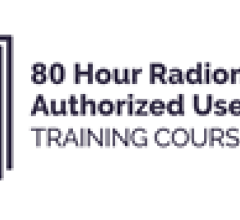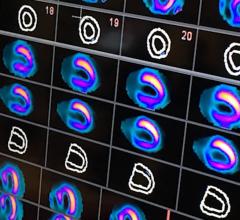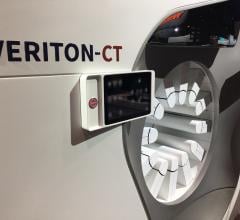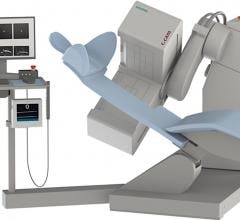June 11, 2012 — Best Cyclotron Systems is unveiling five new cyclotrons for isotope research and production at the Society of Nuclear Medicine (SNM) 2012 Annual Meeting on June 9-12 in Miami Beach, Fla.
Drawing on more than 50 years in medical equipment manufacturing expertise, the new product line of cyclotrons offers a cost-effective alternative to both short- and long-lived medical isotopes. A cyclotron uses a combination of magnets and radio frequency electric fields to accelerate ions to velocities high enough to create isotopes. BTL has a unique cost-effective technology to manufacture five types of cyclotrons: 14 MeV (B14), 25 MeV (B25), 25 MeV upgradable to 35 MeV (B25u), 35 MeV (B35) and 70 MeV (B70). These cyclotrons will focus on isotopes used in positron emission tomography (PET), single photon emission computed tomography (SPECT) and therapy by virtue of their respective energies.
Best Cyclotron Systems has incorporated modern technology into their five cyclotron designs and configure the systems exactly to the end-user needs, whether it is for single-hospital application, regional pharmacies or national facilities. The high current features of the cyclotrons (400-1,000 micro-amperes) together with the low radio-activation of the cyclotron systems allow a broad range of commercial radioisotope production processes even on the B14p cyclotron.
Direct Production of Tc99m
This unique processing system, available from TeamBest, can be used with Best Theratronics’ B14 and B25 cyclotrons or other suppliers’ cyclotrons to produce enough technetium-99m (Tc-99m) to adequately meet the clinical needs of large urban centers. The long-term supply of Tc99m for nuclear medicine is no longer dependent on reactor-supplied material. The TeamBest system can use the existing, yet small, cyclotron infrastructure or with new cyclotron sites, all for a much lower incremental cost compared to alternative systems and other isotope production technologies.
There have been shortages of Tc-99m in the past due to the reliance on a small number of isotope production reactors located outside the United States, namely the Chalk River facility in Ontario, Canada. Even short shut downs for maintenance have caused severe radio pharmaceutical shortages.
Tc-99m is a primary SPECT imaging agent for several types of imaging exams, and the key imaging agent for SPECT myocardial perfusion imaging.
For more information: www.teambest.com


 November 12, 2025
November 12, 2025 









